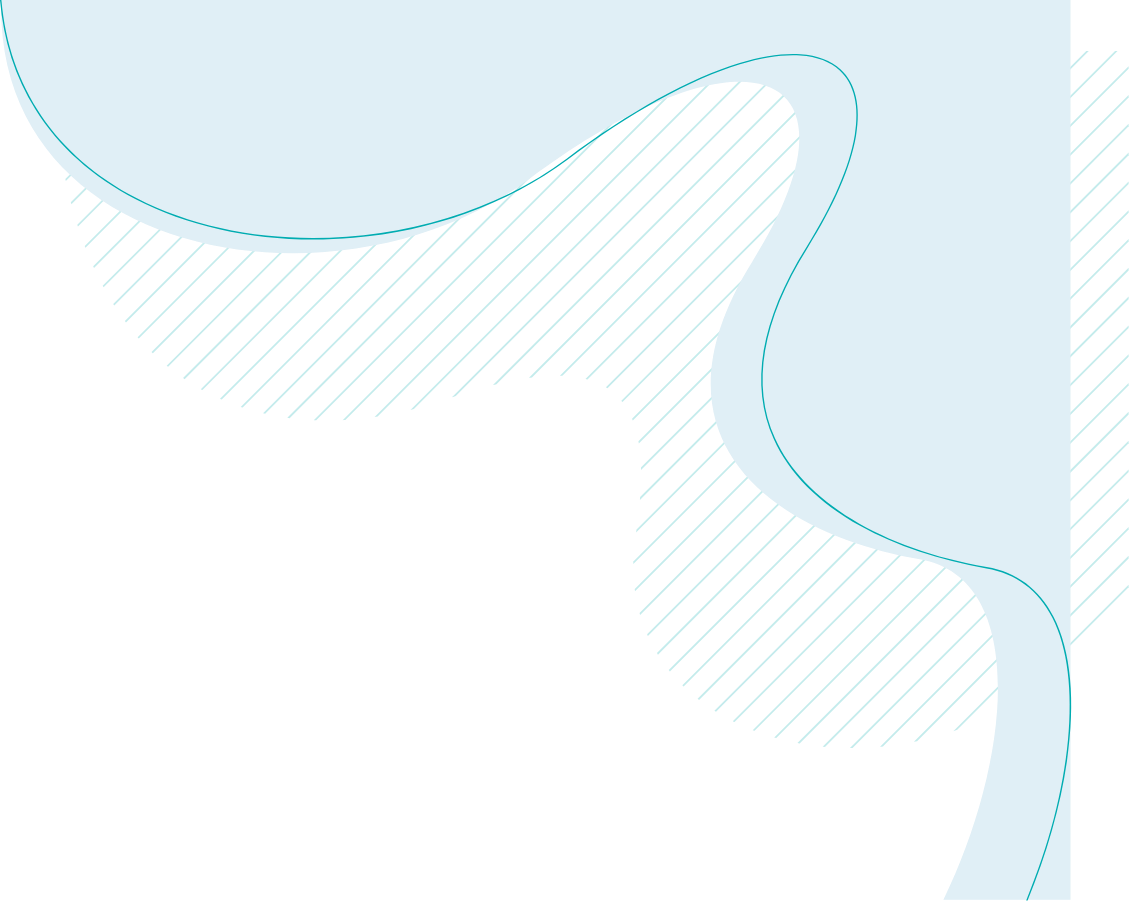Breast Cancer Clinic

Breast Cancer
Breast cancer is cancer that starts in the breast glandular tissue. It is most common in women, but also affects a small number of men each year. Dr Rita is a fully trained, experienced, and highly skilled Breast Surgeon who offers the full range of diagnostic and therapeutic options for Breast Cancer Surgery in Dubai.
Types of breast cancer
There are several different types of breast cancer, such as:
- Ductal carcinoma in situ (DCIS) : a pre-invasive breast cancer that is confined to the ducts.
- Lobular carcinoma in situ (LCIS) : a pre-invasive breast cancer that is confined to the lobules
- Ductal or lobular Carcinoma are common types of invasive breast cancer
- Paget’s disease of the nipple : a rare form of breast cancer that affects the nipple and the area around the nipple (the areola).
- Inflammatory breast cancer : a rare but aggressive form of invasive breast cancer.
Breast cancer awareness
Finding breast cancer early provides the best chance of surviving the disease. It is important for women of all ages to regularly examine their own breasts. Breast changes to look out for, include:
- a new lump or lumpiness, especially if it's only in one breast
- a change in the size or shape of the breast
- a change to the nipple, such as crusting, ulcer, redness or inversion
- a nipple discharge that occurs without squeezing
- a change in the skin of the breast such as redness or dimpling
Diagnostic Assessment:
Breast Ultrasound
This diagnostic procedure is often used to evaluate any abnormalities detected during a breast self-examination, clinical examination or on mammography.
Mammogram
Mammograms are x-rays of the breasts. The benefits of the mammogram include early detection of breast changes. Depending on their risk factors for breast cancer, women over the age of 40 should have a mammogram performed every one to two years.
Breast MRI
A breast MRI (magnetic resonance imaging) is a diagnostic test used to detect breast cancer or other breast abnormalities. Multiple images of the breasts are produced and may be combined to create detailed images.
MRI is one of the most sensitive diagnostic techniques for detecting breast cancer. Breast MRI is not needed for everyone, so the specialist will decide whether it is warranted.
Breast Biopsy
A breast biopsy is a procedure in which a small sample of breast tissue containing suspicious breast growth is removed and examined in the laboratory for the presence of cancer.
TREATMENT
- Breast Conserving Surgery
- Non Palpable Breast Lesions Surgeries
- Premalignant Breast Pathologies
- Breast Cancer Surgery
- All kinds of Mastectomies: Complete mastectomy, Nipple-sparing mastectomy, skin-sparing mastectomy
- Reconstruction of the resultant defect from lumpectomy/ mastectomy with various oncoplastic techniques
- Axillary Surgery: Sentinel Lymph Node Biopsy, Axillary Lymph Node Dissection
Breast Surgery
There are two types of breast cancer surgery: wide excision of the cancerous lump, or mastectomy, which is complete removal of the whole breast. In turn, mastectomy can be complete, or skin sparing, or nipple sparing.
Both types of surgery usually also involve the removal of one or more lymph nodes from the armpit (axilla). If cancer cells are found in the lymph nodes, treatment with chemotherapy, radiotherapy, or hormonal therapy will be recommended, after multidisciplinary team assessment and recommendations on a case by case basis, based on all the pathology results.
Breast reconstruction
Breast reconstruction is surgery to rebuild a breast shape after mastectomy. There are two main types of breast reconstruction:
- Surgical insertion of a breast implant
- Transfer of a portion of tissue, skin and often muscle from another part of the body to the chest area – this is called a tissue flap breast reconstruction.
Radiotherapy
Radiotherapy uses X-rays to destroy cancer cells. Radiotherapy is a localised X-ray treatment to the breast, to further kill cancer cells after the surgery, and prevent recurrence.
Chemotherapy
Chemotherapy is a chemical based therapy to destroy cancer cells, given as a drip into the veins. Treatment with chemotherapy can lower the risk of breast cancer coming back or spreading to other parts of the body.
Hormonal therapies
Hormonal therapies are tablet medications for women who have hormone receptors on their breast cancer cells. Hormonal therapies reduce the risk of breast cancer coming back.
Targeted therapies
Targeted therapies, sometimes called biological therapies, are medications used to treat certain types of cancer cells. The most common targeted therapy available targets HER2-positive breast cancer.
Photogallery


